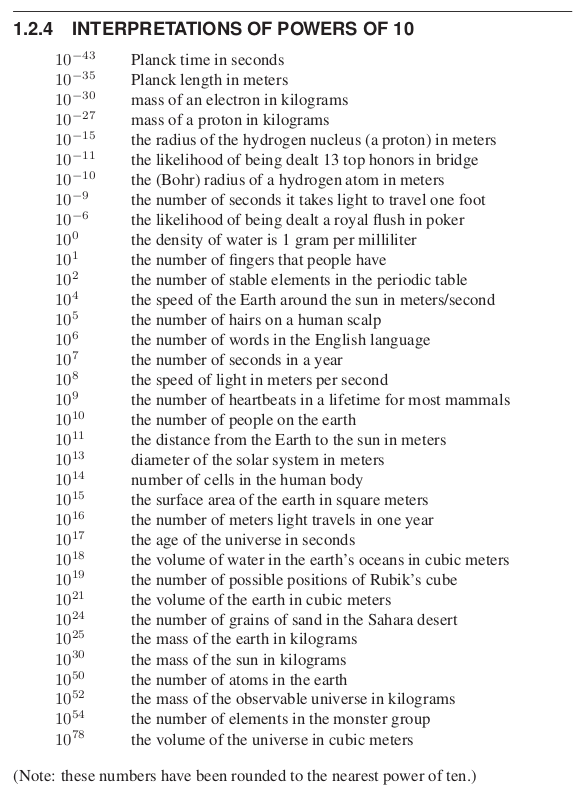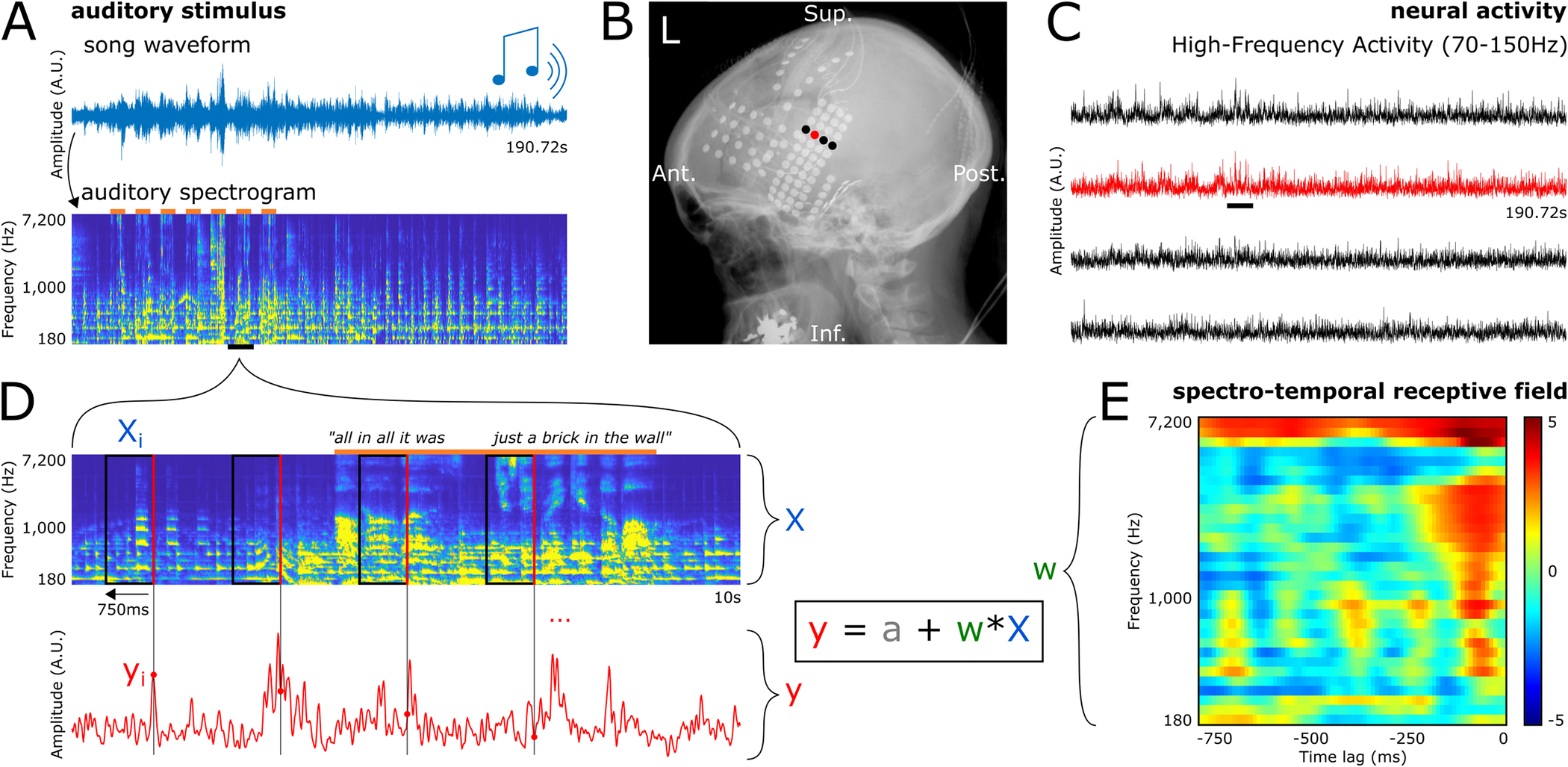8
35
20
2
view more: next ›
A Series of Tubes
1 readers
1 users here now
For posting videos, papers, and blog posts covering:
- interesting projects
- makes-you-think philosophy stuff
- engineering/research techniques that blow your mind
- obscure but fascinating phenomena
- amateur/diy engineering and science
Leave a short description on your post. What about your link excites you?
Do not post things that are too:
- Pop sciency/surface level/unsubstantial
- repeat posts, within the last month
or they may be removed.
Encouraged kinds of links are:
- SciHub (https://sci-hub.st/)
- Wikipedia
- PeerTube
- YouTube
- Books! (Title - Author) (Z-Library)
Use Archive.org to keep the most interesting material on the internet safe.
founded 2 years ago
MODERATORS


